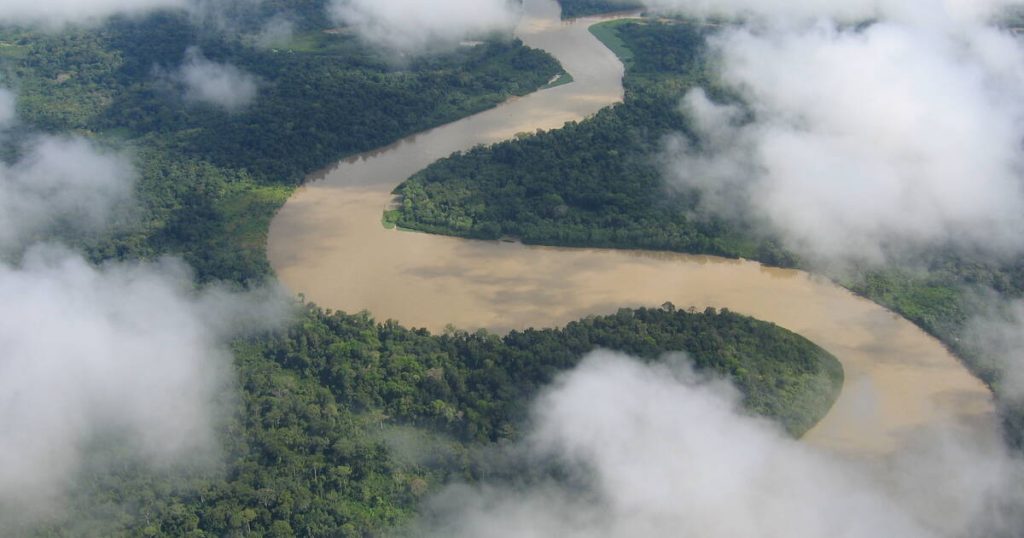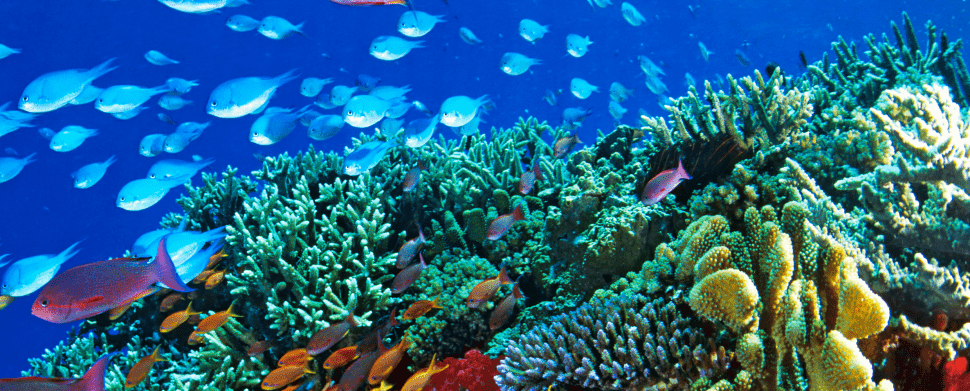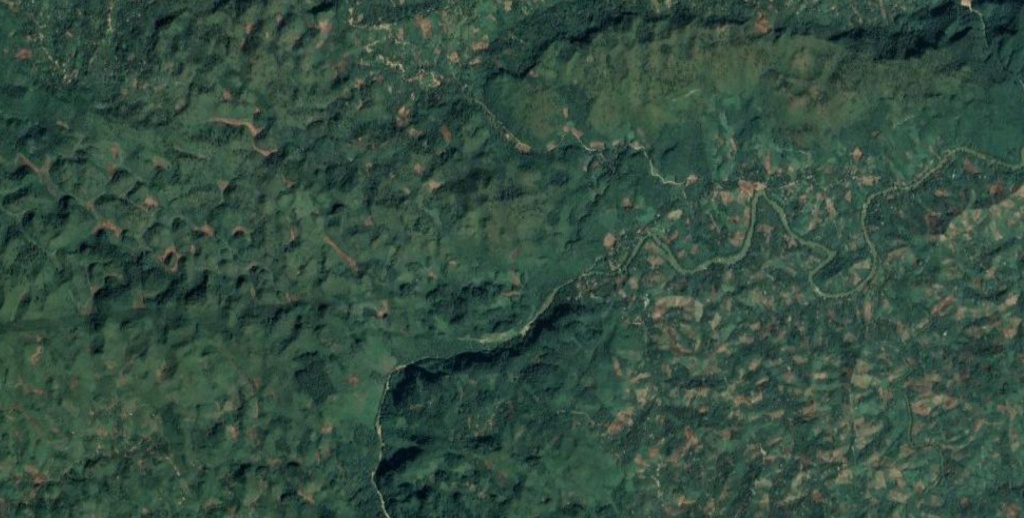El Yunque, Caribbean National Forest
The Caribbean national park is the oldest wildlife reserve in the Western Hemisphere. This reserve covers 1125 square kilometres, or 434 square miles. As part of an island habitat, there are a variety of bat species, but few if any land mammals (currently there are feral cats and dogs).
There are a wide range of lizard species, Barred Anole, Brook’s House Gecko, Common Blind Snake, Common Dwarf Gecko and many more. It is well known for feeling quite primeval, and has a wide variety of diversity.
If you are close by, it is well worth a visit














